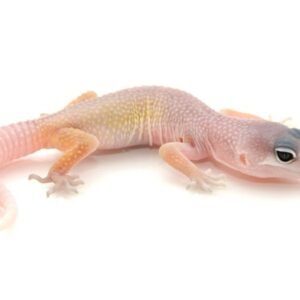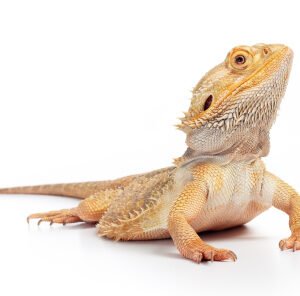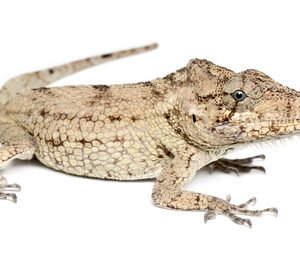Understanding the High Color Leopard Gecko
The high color leopard gecko is an intriguing pet reptile known for its striking and vivid coloration. Originating from the arid regions of Afghanistan, Pakistan, and northern India, this species has evolved through selective breeding to showcase a variety of enhanced color patterns that set it apart from other leopard gecko morphs. Enthusiasts and breeders have developed the high color trait to produce geckos that exhibit an array of bright yellows, oranges, and even whites, making them particularly appealing to hobbyists.
These variations in color are attributed to specific genetic mutations and the diligent work of breeders who focus on enhancing particular pigments. The high color leopard gecko demonstrates a higher saturation of colors compared to standard leopard geckos. The impact of selective breeding can be seen in the diverse appearance of these geckos, ranging from lighter shades with vivid contrast to deeper, more intense colors. This wide palette allows for a visually stunning array of high color leopard geckos, each showcasing unique patterns and hues.
In terms of physical traits, high color leopard geckos generally exhibit a stout body structure and a broad head, which are characteristic of the species. They typically reach lengths of 7 to 10 inches, although some individuals may grow slightly larger. The overall size contributes to their hardiness and adaptability in captivity. Regarding life expectancy, under proper care, these geckos can live for around 15 to 20 years, making them a long-term commitment for pet owners.
High color leopard geckos have become increasingly popular in the pet trade due to their captivating appearance and manageable care requirements. Understanding their unique characteristics and breeding backgrounds empowers prospective owners to make informed decisions when considering these vibrant reptiles for their collections.
Caring for Your High Color Leopard Gecko
Caring for a high color leopard gecko involves understanding their unique habitat needs, appropriate diet, and health considerations to ensure they thrive as pets. A suitable tank setup is paramount. Ideally, a 20-gallon tank is recommended for one adult leopard gecko, providing enough space for movement and exploration. The substrate should be chosen carefully; appropriate options include reptile carpet, paper towels, or tile, as sand can cause impaction if ingested. It is essential to offer both hiding spots and climbing surfaces, using hollow logs or commercial hides to make the gecko feel secure.
Maintaining the correct temperature gradient is crucial for their well-being. The basking area should reach approximately 90–95°F, with a cooler side around 75–80°F. Use an under-tank heater or heat lamp to achieve this. Additionally, ultraviolet (UVB) lighting is not necessary for leopard geckos as they are primarily nocturnal, but a day/night light cycle should be maintained for a natural habitat ambiance.
The diet of a high color leopard gecko primarily consists of live insects, with crickets, mealworms, and dubia roaches being excellent choices. It’s important to provide a balanced diet and to dust insects with calcium and vitamin D3 supplements to prevent deficiencies. Feed juvenile geckos daily and adults every other day, ensuring portion sizes correspond to the gecko’s size.
Monitoring the health of your high color leopard gecko is essential. Common health issues include metabolic bone disease, respiratory infections, and parasites. Signs of illness can manifest as lethargy, weight loss, or abnormal behavior. Regular veterinary check-ups, maintaining proper care practices, and being vigilant about environmental conditions can significantly contribute to your gecko’s long-term health and happiness. By adhering to these care guidelines, you will provide a supportive environment for your high color leopard gecko to flourish.





